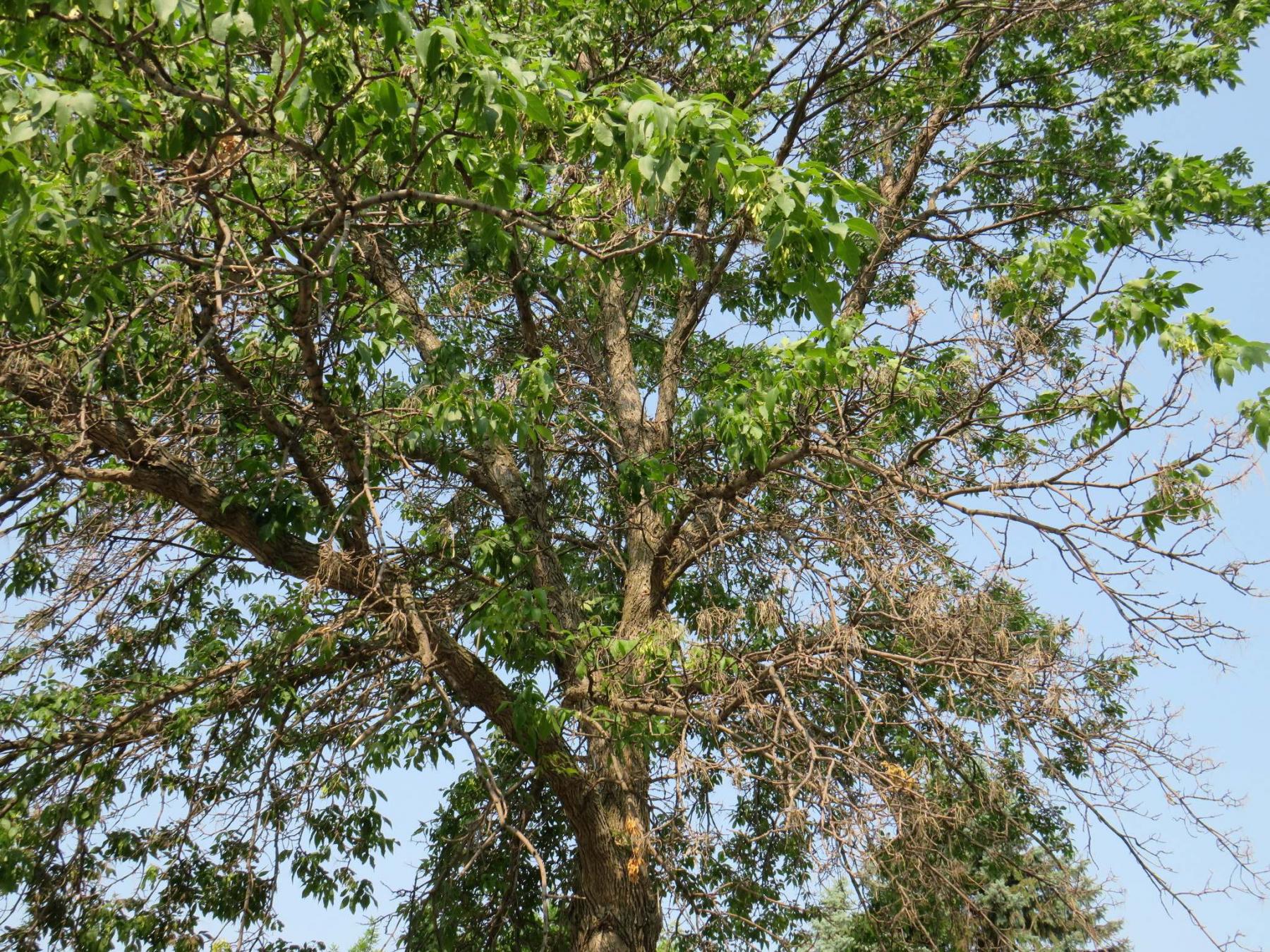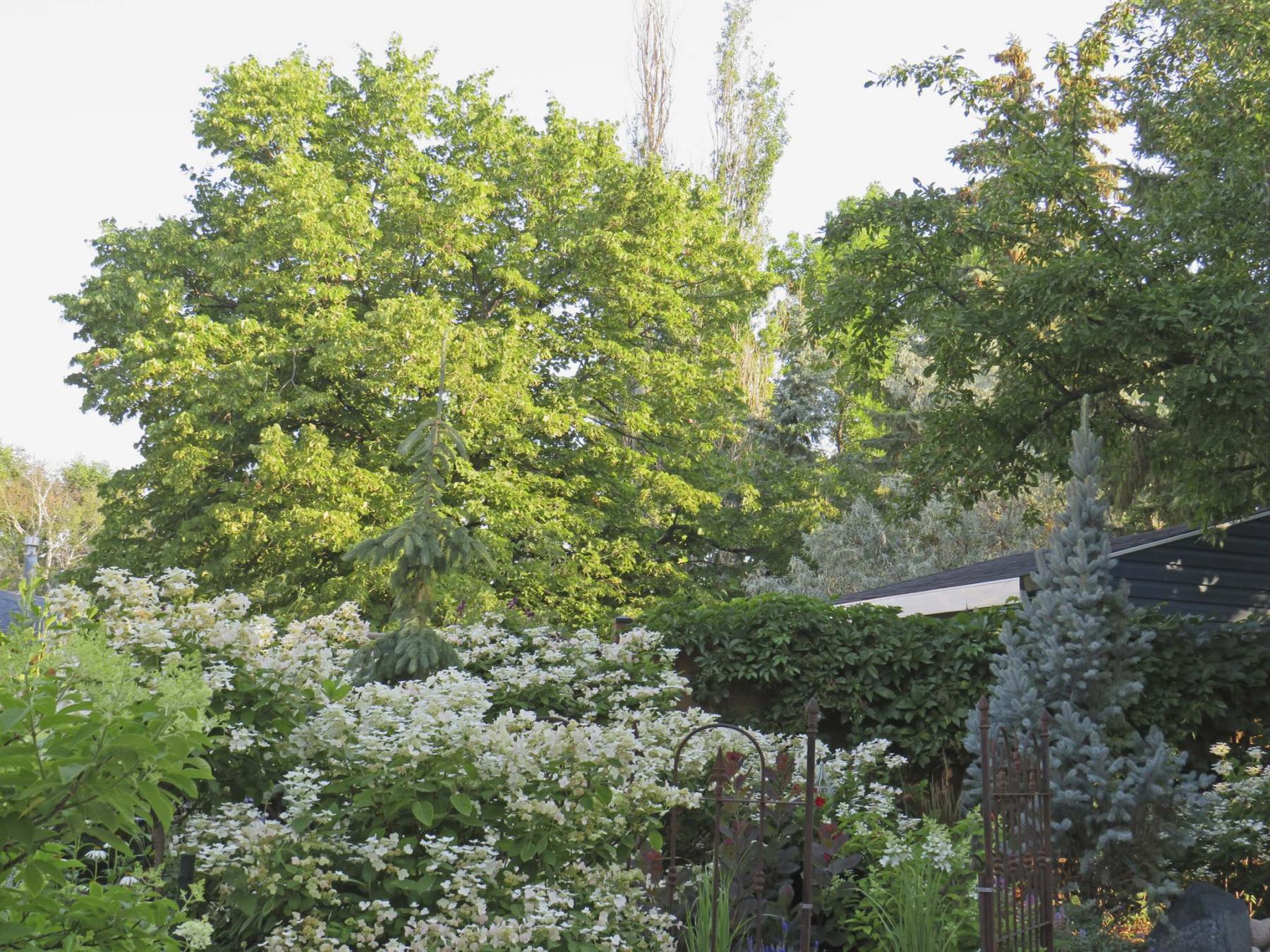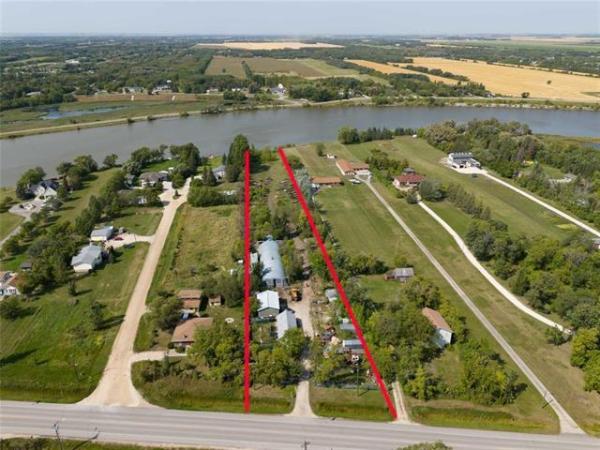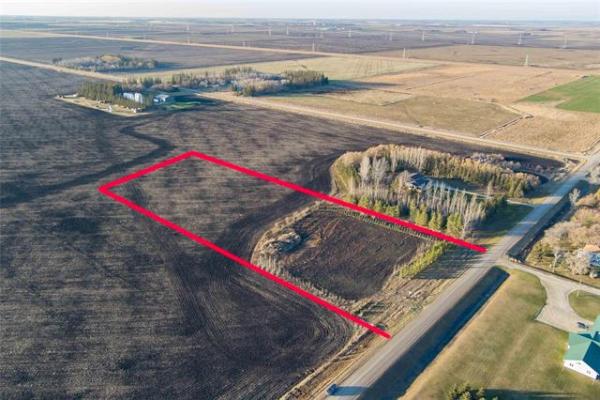
Mature trees stressed by pests or disease could benefit from a slow drink of water.
Providing water to a newly planted tree during its establishment phase, especially during a drought, is critical to its survival. "The first two to three years are the most critical and the care has to be very good or new trees will suffer, no question about it," says Wilbert Ronald, well-known plantsman, and president of Jeffries Nurseries in Portage la Prairie.
Ronald is one of Canada’s most prolific plant breeders. He has introduced many cold-hardy trees that are well suited to prairie conditions. Ronald has studied trees for more than 50 years and is well-versed in the best practices for growing and establishing trees.
Tree establishment requires supplemental watering and various factors must be considered. Two or three adequate waterings each week during hot, dry periods are more beneficial than a daily sprinkling, says Ronald. An adequate watering may range from 25 litres for a smaller tree to upwards of 100 litres for a tree with a trunk thickness of 10 cm. Water must be delivered directly to the root zone of the tree and should be applied slowly, says Ronald.

A mulch ring around a newly planted tree conserves moisture and keeps roots cool.
Removing competing grass from the root area at the time of planting, says Ronald, will add in making water more available to the tree. Ronald also recommends applying bark or wood mulch to the soil surface around your newly planted tree to help conserve moisture and develop a cooler root zone. Mulch also helps to suppress weeds. As the organic mulch breaks down, it adds nutrients to the soil. A five- to seven-centimetre layer is recommended.
One option, says Ronald, is to use a tree water bag which provides a slow, controlled release of water to the root zone of a newly planted tree. The water goes directly into the soil to be absorbed by the tree’s roots where it is most needed. There is no water runoff which means no wasting of a valuable resource.
Intrigued, I tried a water bag for the first time on three young trees my husband and I planted this summer on our property. What we found most helpful was the ease in filling the bag with water from a garden hose without having to worry about how long we needed to water. The bag fits easily around a small tree and is equipped with a zipper as well as an opening at the top in which to insert a hose. It takes four to six hours for the water to slowly drain from the bag.
It’s interesting to note that both the City of Fargo and the City of West Fargo use tree water bags. Scott Liudahl, urban forestry programs manager for the City of Fargo, says that this is the first year that water bags are being used on all tree plantings by the city. Prior to this year, water bags were used mainly for new plantings at apartment buildings.

Photos by Colleen Zacharias / Winnipeg Free Press
A tree-watering bag makes watering newly planted trees easy by delivering water directly to the root zone with no water runoff.
Fargo is experiencing dry conditions similar to what Manitoba is experiencing this year. "The bags have been a great help," says Luidahl. Approximately 1,600 new trees have been planted by the City of Fargo since last fall. "It’s been so dry that we are directing a lot of resources towards watering those newly planted trees," he says. "Tree survivability has increased to 95 percent and the watering bags make it possible to water twice as many trees in a given day as we did in the past."
Chad Zander is the public works program coordinator for the City of West Fargo. "We absolutely use water bags on every tree that we plant. We also provide the used water bags free of charge to West Fargo residents who are required to plant boulevard trees," says Zander. The City of West Fargo began using tree water bags five or six years ago and has seen a huge increase in tree survivability. "We haven’t had even close to our average rainfall for this summer so this has been the perfect summer to prove what the water bags can do. Without the water bags, I know we would have lost more trees."
I also contacted the City of Winnipeg to inquire about the use of tree water bags. A spokesperson for the Public Works Department replied that the City doesn’t use water bags and currently has no plans to use them in the near future.
As important as it is to properly establish newly planted trees, should homeowners also be concerned about watering their mature trees?
Once mature trees are established and rooted into the surrounding soil, says Ronald, they can endure dry periods much better. But a drought does call for more attention. "Our subsoil moisture is depleted, and the water table is lowered and even established trees are showing stress," says Ronald.
(ImageTag)Birch trees, for example, have higher moisture needs than native elms and oak trees. The dryness of 2020 and this year’s dry spring have led to heavy top dieback on birch trees throughout North Dakota and here in Manitoba as well as other parts of the prairies, says Ronald. Landscapers and homeowners are reporting canopy damage to pretty much every type of birch tree including Parkland Pillar, Dakota Pinnacle, and the iconic, white-barked paper birch (Betula papyrifera).
If you can spare some extra water, older established trees may need only an occasional watering during stressful hot, dry periods. For the watering to be effective, says Ronald, 400 litres or more may need to be applied. At the minimum, however, mature trees should receive one deep watering in spring each year and again in late fall. After deciduous trees have dropped their leaves in late fall, give both deciduous and evergreen trees a deep watering before the ground freezes.
Young trees have a restricted root zone. In the case of older, established trees, the roots extend to or beyond the edge of the tree’s canopy or drip line. The roots of a mature tree will not take up water if it is applied directly adjacent to the trunk. Apply a deep watering, preferably in early morning, just beyond the edge of your tree’s drip line.

Photos by Lyndon Penner
The lack of moisture in Manitoba has resulted in a challenging time for birch trees.
Many of our mature Manchurian ash trees and Black ash trees are affected by Cottony ash psyllid (CAP), an invasive insect that causes thinning in the upper portions of trees and browning of leaves. Drought stressed trees are more vulnerable to damage from CAP. Watering could help reduce CAP impacts. "Trees are a long-term investment,’’ says Ronald. "Healthy trees are better able to resist pests and disease."
Mature trees perform many functions in the landscape, not least of which is cooling shade. Borrowed scenery is the view from beyond the fence or property line. A lush backdrop of mature trees in neighbouring properties serves as a splendid, borrowed view that enhances your own garden space. The more trees that are planted and the greater their diversity, the more benefits there will be to birds and other wildlife as well as to the environment and people’s health and well-being.
There is so much potential for every new tree that is planted and carefully and consistently nurtured.
colleenizacharias@gmail.com




